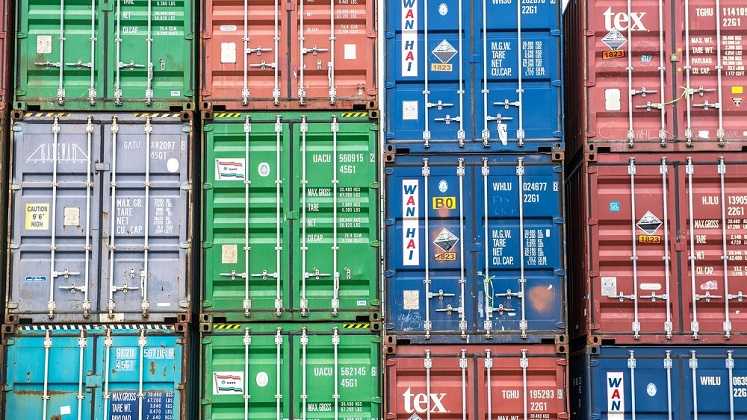
In what is expected to enable Bangladesh to make further strides in the Ease of Doing Business index while also attract more foreign direct investment by reducing hassles in cross-border trade and expediting customs activities, the country entered the era of paperless trade recently.
According to media reports which cited a press release issued by the Commerce Ministry, in a bid to accelerate trade digitalisation in the region, the Framework Agreement on Facilitation of Cross-border Paperless Trade in Asia and the Pacific — the paperless trade facilitation will reduce time and harassment in export and import of goods, especially in less developed countries where bureaucratic red tapes, at times, delays trade activities apart from deteriorating the quality of goods and also increases trade costs — came into effect on 19 February.
China, Bangladesh, Azerbaijan, Philippines and Iran have ratified or acceded to the treaty, underlined the press communique, adding Cambodia and Armenia signed the treaty in 2017 while several other ESCAP members were in the process of completing their accession this year even as it added that the treaty was now open for accession to all 53 members of ESCAP while underlining that the framework agreement can help Bangladesh to streamline its trade procedures effectively and reduce trade costs.
Meanwhile, as per a UNESCAP study, if Bangladesh implemented the WTO’s Trade Facilitation Agreement together with cross-border paperless trade measures, it could achieve trade cost reductions of 33 per cent, which amounts to potential trade transaction cost savings of more than US $ 0.7 billion per year, reportedly, claimed the press release issued by the Commerce Ministry even as it maintained that paperless trade in particular was recognised as an effective means of mitigating trade disruptions during crises like the COVID-19 outbreak, enabling trade while limiting physical contacts, and beyond the crises, paperless trade will also provide more inclusive, seamless and resilient trade connectivity for Asia and the Pacific.






